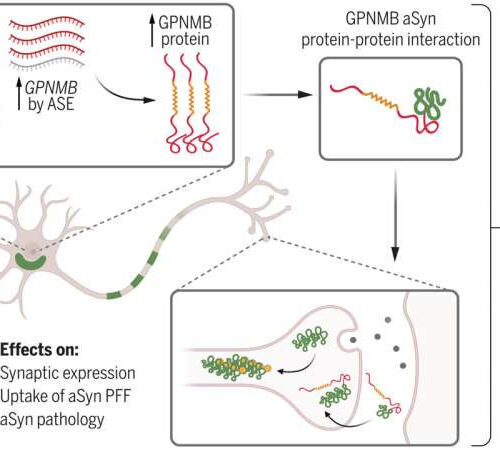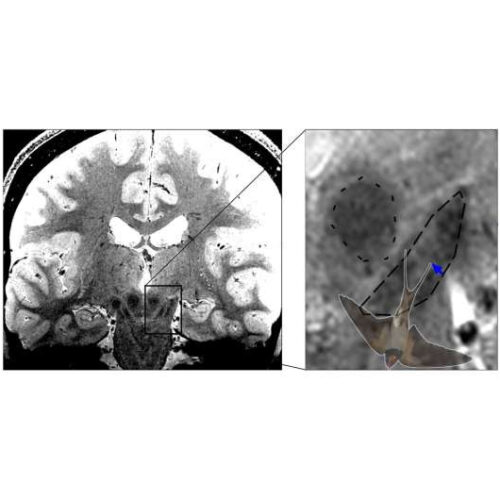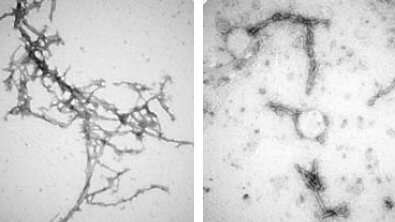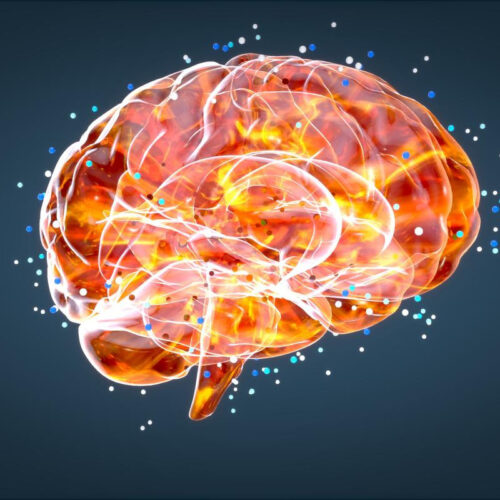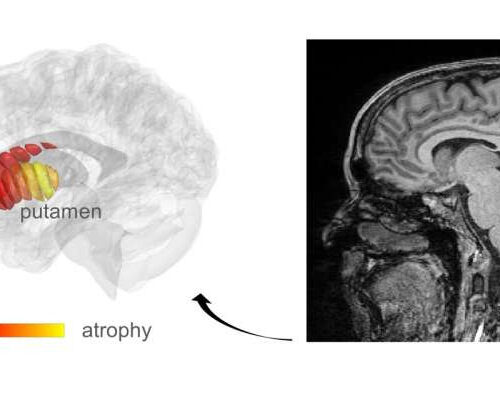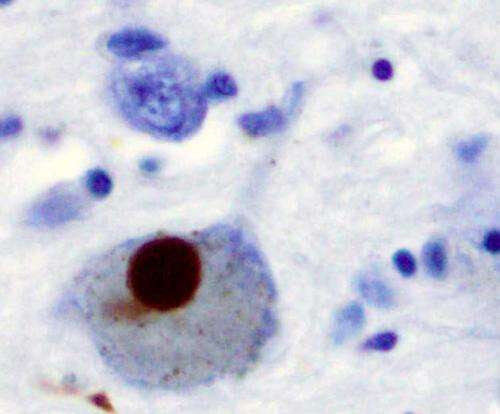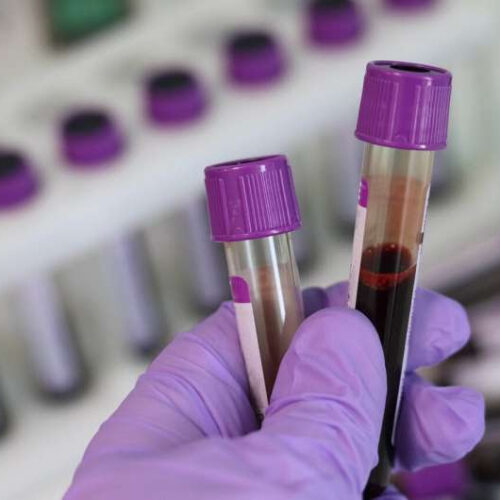by Bob Yirka, Medical Xpress Haplotypes associated with PD result in increased expression of GPNMB, encoding GPNMB. GPNMB interacts with aSyn, with effects on aSyn expression at the synapse, cellular uptake of fibrillar aSyn, and development of aSyn pathology in neurons. Together, these cellular processes mediate risk for development and progression of PD. Created with...
Tag: <span>Parkinson’s disease</span>
Potential of nigrosome imaging for earlier diagnosis of Parkinson’s disease
by Bettina Hennebach, Max-Planck-Institut für Kognitions With high-resolution MRI imaging it is possible to image the swallow-tail sign, which is located in the posterior third of the substantia nigra. Credit: MPI CBS A team of neurophysicists, led by Malte Brammerloh of MPI CBS, found evidence that the identification of a magnetic resonance imaging (MRI) sign...
VR balance training is highly effective in improving balance ability of patients with Parkinson’s disease
Reviewed by Emily Henderson, B.Sc. Aug 2 2022 JMIR Publications recently published “Benefits of Virtual Reality Balance Training for Patients With Parkinson Disease: Systematic Review, Meta-analysis, and Meta-Regression of a Randomized Controlled Trial” in JMIR Serious Games, which reported that virtual reality (VR) balance training is increasingly being pursued in biomedical research, specifically with respect to investigating...
Scientists create nanobody that can punch through tough brain cells and potentially treat Parkinson’s disease
by Johns Hopkins University School of Medicine The structure of alpha-synuclein clumps (on the left) was disrupted by the nanobody PFFNB2 (as shown on the right). Credit: Xiaobo Mao Proteins called antibodies help the immune system find and attack foreign pathogens. Mini versions of antibodies, called nanobodies—natural compounds in the blood of animals such as...
Modified MRI spies the early signs of Parkinson’s disease
By Nick Lavars July 20, 2022 A modified MRI technique has shown promise in detecting the early signs of Parkinson’s disease Depositphotos It is thought that Parkinson’s disease takes hold in the brain long before obvious motor symptoms appear, and a big focus for researchers is the development of diagnostic tools that can detect it early...
New imaging method could lead to diagnosis of early stage Parkinson’s disease
by Hebrew University of Jerusalem MRI images used for automatic detection of microstructural changes in early-stage Parkinson’s Disease (PD) patients. Marked in yellow are areas in the putamen where PD patients show tissue damage, compared to healthy controls. Credit: Mezer Lab/Hebrew University Parkinson’s is a progressive and debilitating disease of the brain that eventually compromises patients’...
Spotting Parkinson’s disease through AI
by Skolkovo Institute of Science and Technology Credit: Pixabay/CC0 Public Domain Tracking wearable sensors, filming the patients performing routine exercises, or examining their handwriting—which is better for Parkinson’s detection? Researchers at Skoltech performed a comparative study of these three patient-driven monitoring approaches based on machine learning to find out what technique is most reliable for doctors...
Copper leads to protein aggregation in Parkinson’s disease
by Rainer Klose, Swiss Federal Laboratories for Materials Science and Technology Images taken with an atomic force microscope show alpha-synuclein in the form of fibrils (left). When the protein is placed in a solution containing copper, ring-like structures form instead (right). Credit: Empa Copper exposure in the environment and the protein alpha-synuclein in the human brain...
Protein discovered in Parkinson’s disease could lead to new treatments
by CU Anschutz Medical Campus Immunohistochemistry for alpha-synuclein showing positive staining (brown) of an intraneural Lewy-body in the Substantia nigra in Parkinson’s disease. Credit: Wikipedia Currently, there are no disease modifying therapies for Parkinson’s disease that can change the progression of the disease. An international team of scientists led by faculty at the University of...
Prospect of blood test for Parkinson’s disease
by Eva Sittig, Christian-Albrechts-Universität zu Kiel Credit: CC0 Public Domain A research team at the Faculty of Medicine at Kiel University has developed a method that reliably detects protein changes in blood that are typical of Parkinson’s disease. Until now, the diagnosis of Parkinson’s disease has been based primarily on typical movement disorders such as...

